12 Indoor Plants Perfect for Creating a Stunning Vertical Garden
Indoor vertical gardens are an ideal solution for anyone looking to add greenery to their home without sacrificing valuable floor space. These garden designs are perfect for apartments or homes with limited space, as they make use of walls, shelves, and other vertical surfaces. Vertical gardens can be both decorative and functional, improving air quality and creating a calming atmosphere. With a little planning, you can create a beautiful green wall right inside your home. Let us dive into the best plants to grow in your indoor vertical garden.
This post may contain affiliate links, which helps keep this content free. Please read our disclosure for more info.
Pothos (Epipremnum aureum)
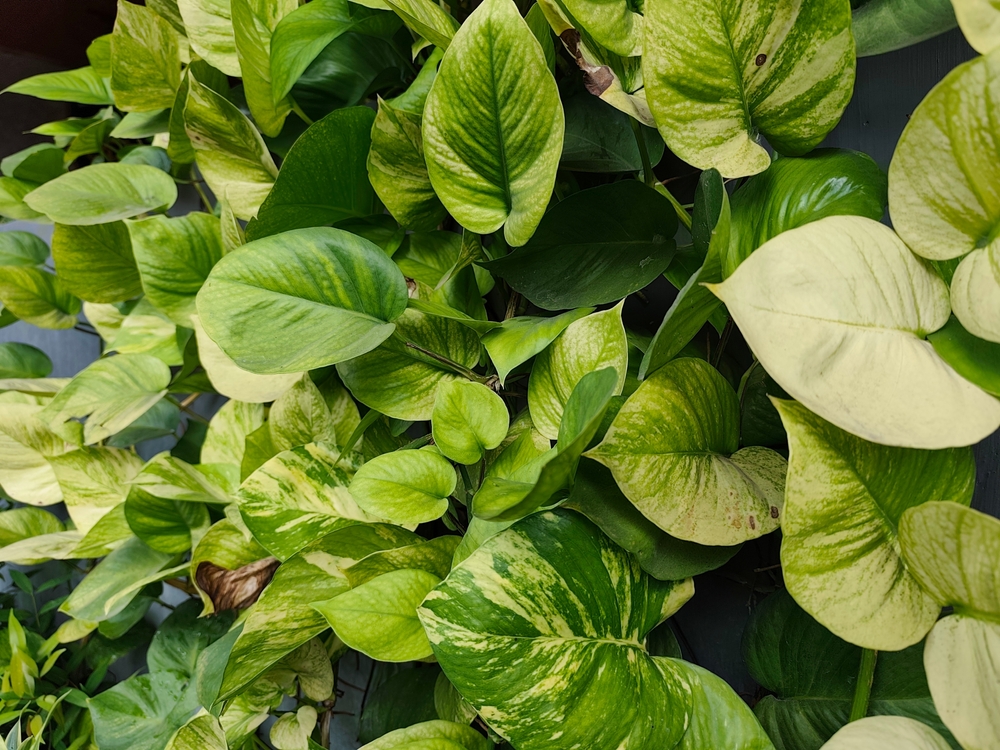
Pothos is an excellent choice for a vertical garden due to its fast-growing vines and easy care. It can thrive in a variety of lighting conditions, from bright indirect light to lower light levels. This plant’s trailing vines can be easily trained to grow upwards on a trellis or wall fixture. Pothos is also known for its air-purifying qualities, making it a great addition to your home.
This plant is low-maintenance, requiring only occasional watering when the soil feels dry. Pothos is highly adaptable and can tolerate some neglect, making it perfect for beginners. Its heart-shaped leaves come in vibrant green or variegated patterns, adding beauty to any vertical garden. With its fast growth and attractive foliage, pothos can quickly fill up space.
English Ivy (Hedera helix)
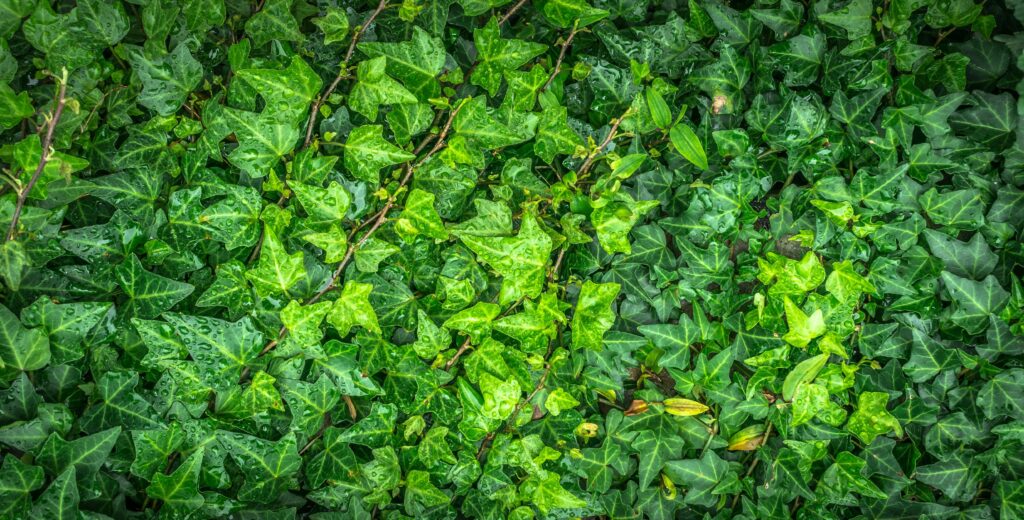
English Ivy is a classic choice for vertical gardening, thanks to its elegant cascading vines. It grows quickly and can easily be trained to climb trellises, walls, or other vertical surfaces. English Ivy does well in indirect light and thrives in cooler indoor temperatures, making it ideal for a variety of indoor environments. Its dense foliage provides an instant green wall that enhances any room’s aesthetic.
This plant is relatively low-maintenance but needs regular watering, especially in dry indoor environments. Ivy requires occasional trimming to keep its growth under control. It is also known for its ability to filter air, helping to keep your indoor space fresh. English Ivy adds both greenery and texture to vertical gardens, making it a great option for creating a lush indoor atmosphere.
String of Pearls (Senecio rowleyanus)
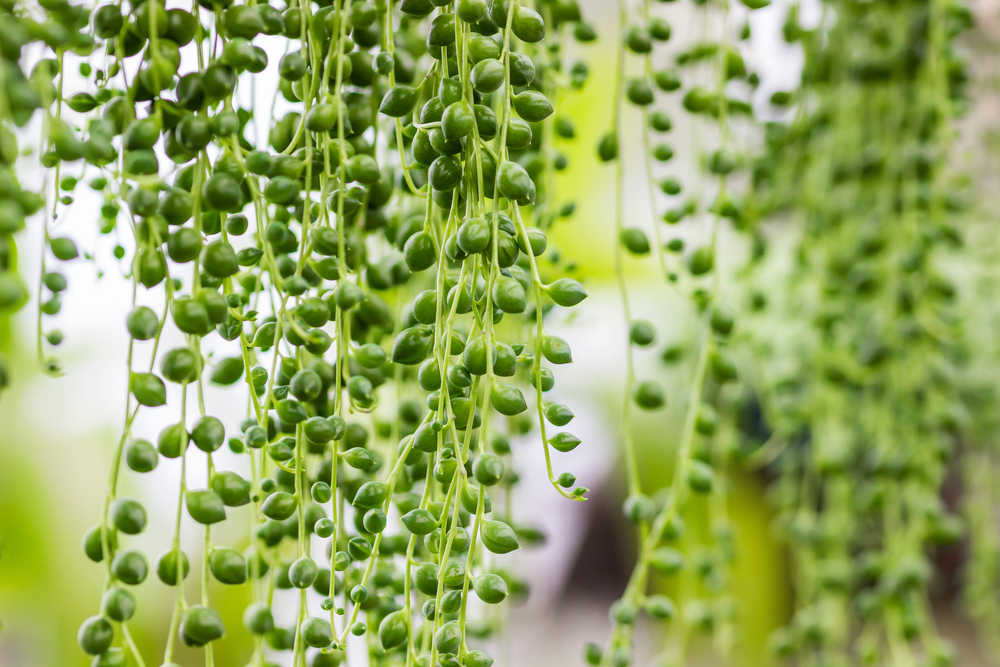
String of Pearls is a unique and beautiful plant with long, trailing stems adorned with bead-like leaves. This plant is perfect for vertical gardens as its stems can drape elegantly from shelves or hang down from a vertical wall structure. It thrives in bright, indirect light and is quite drought-tolerant, requiring only occasional watering. Its playful appearance and low-maintenance care make it a favorite for indoor gardens.
String of Pearls prefers to dry out between waterings, so be careful not to overwater. It is best grown in well-draining soil to avoid root rot. This plant does well in hanging planters or containers that allow its stems to cascade downward. With its unique aesthetic, it adds a whimsical touch to any vertical garden.
Philodendron (Philodendron spp.)
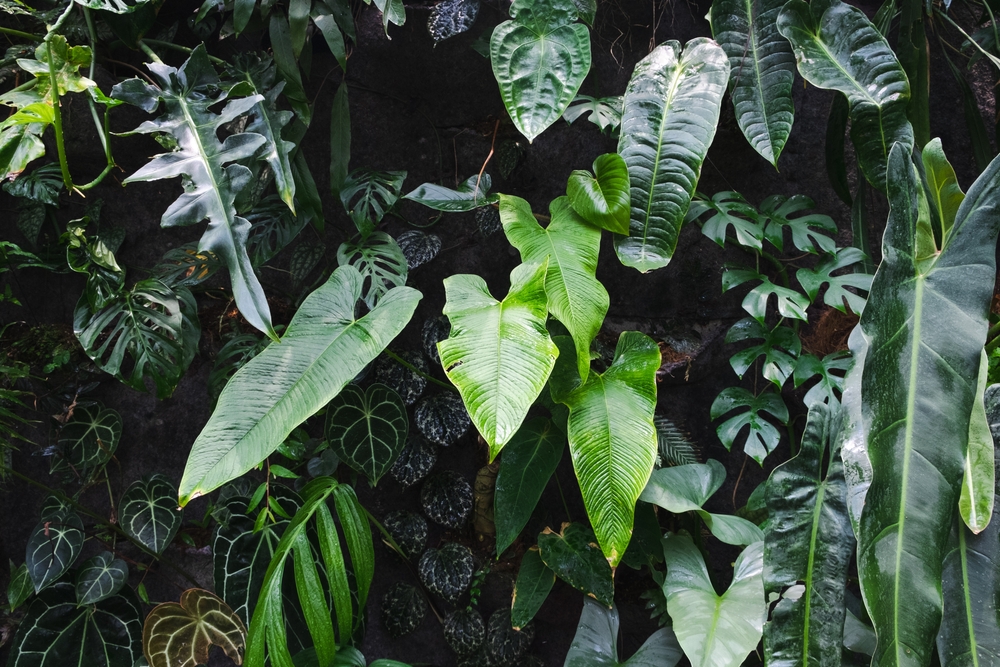
Philodendron is a versatile plant that can easily be incorporated into vertical gardens, with many varieties featuring trailing vines or climbing habits. It thrives in indirect light and is perfect for adding greenery to walls or shelves. Philodendrons are known for their large, glossy leaves that can bring a bold, tropical feel to your indoor space. They are low-maintenance and adaptable, making them a great option for both experienced and beginner gardeners.
These plants prefer to dry out between waterings and can tolerate some neglect. Philodendrons should be placed in well-draining soil and are best kept in temperatures between 60 degrees F and 75 degrees F. With their elegant vines and large leaves, they can quickly cover vertical surfaces, creating a vibrant green wall. The easy care and beauty of the philodendron make it an excellent choice for a stylish vertical garden.
Climbing Fern (Lygodium japonicum)
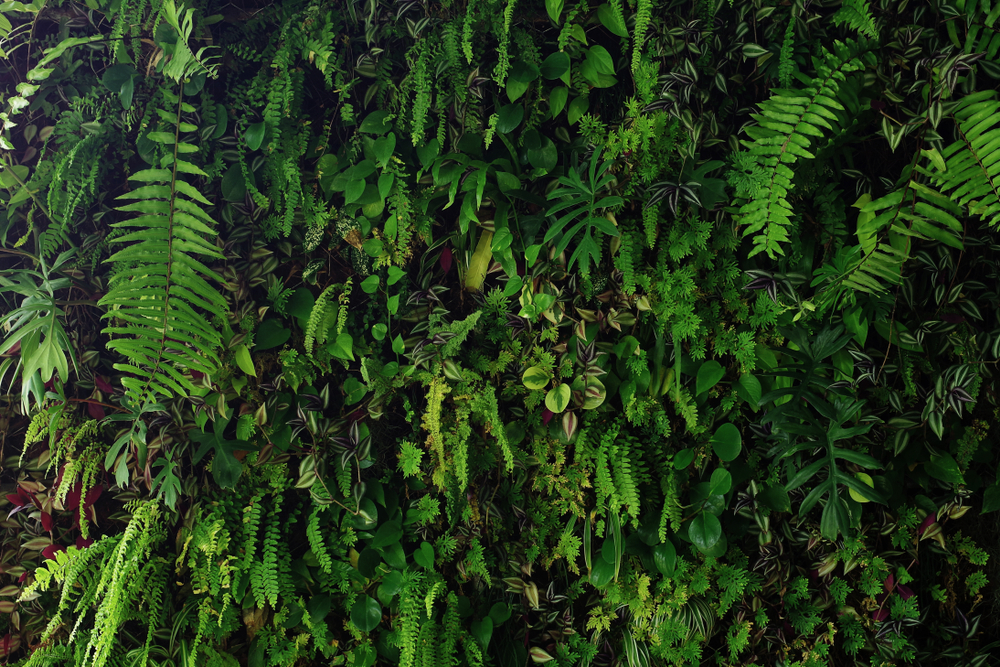
Climbing ferns are fast-growing plants that can add a touch of greenery to vertical gardens. They have delicate, feathery leaves and can easily be trained to climb trellises or vertical walls. These ferns thrive in humid environments, making them perfect for bathrooms or kitchens with high moisture. They grow best in bright, indirect light and prefer consistently moist soil.
Climbing ferns are relatively low-maintenance, requiring regular watering to keep the soil moist. They can tolerate lower light conditions but will grow more vigorously in bright indirect light. These ferns can quickly fill up vertical space, creating a lush, natural display. Their fine, ferny foliage adds texture and interest to any indoor garden setup.
Spider Plant (Chlorophytum comosum)
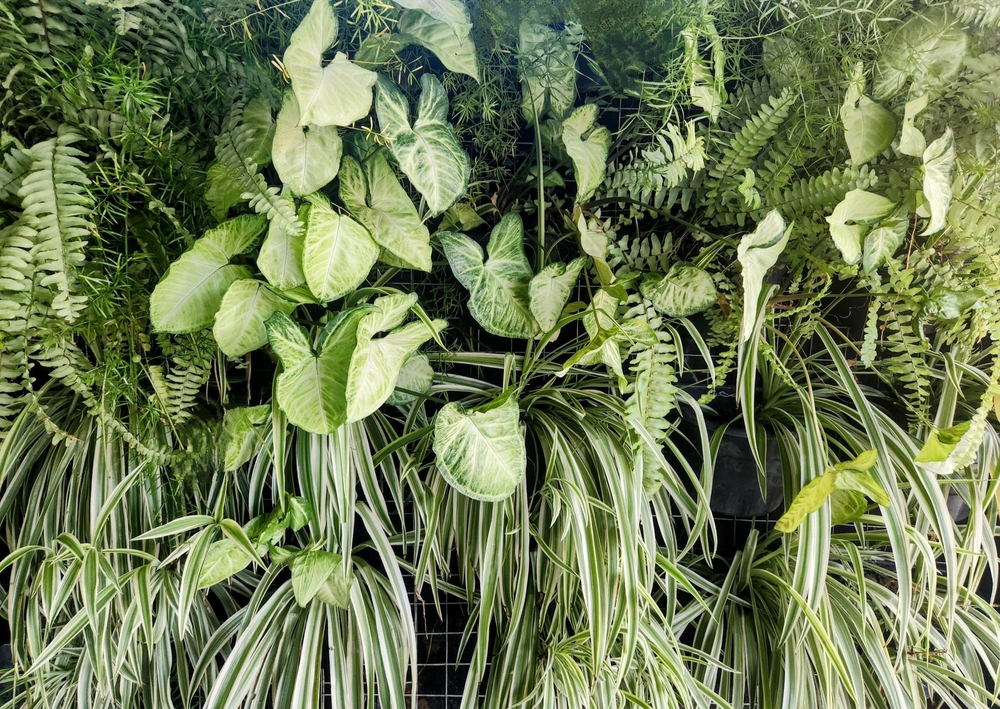
The Spider Plant is an easy-to-care-for plant that thrives in various environments, making it a perfect addition to a vertical garden. Its long, arching leaves grow in a rosette pattern, and it produces small white flowers, followed by plantlets (spider babies) on long stems. Spider plants are great for hanging pots or vertical shelves, where their leaves can cascade beautifully. It can tolerate a range of lighting conditions and is highly adaptable.
Spider plants prefer to dry out between waterings, so be sure not to overwater. They thrive in well-draining soil and can grow in both bright and low light. The plantlets or babies” can be propagated and hung from vertical spaces, adding even more greenery. The spider plant’s easy care and air-purifying qualities make it a valuable addition to your vertical garden.
Tradescantia (Tradescantia spp.)
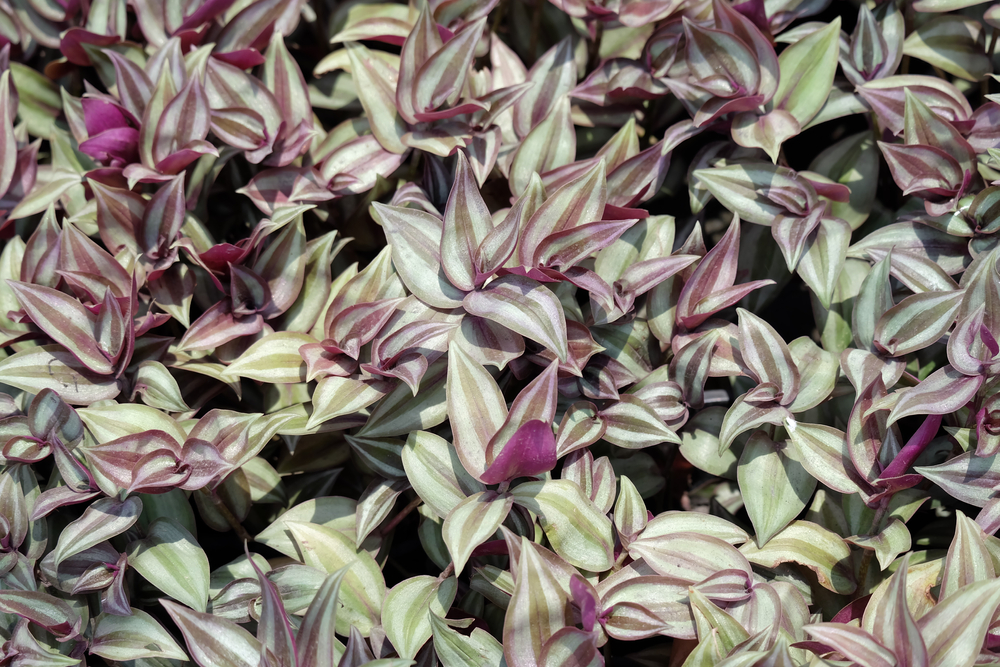
Tradescantia, also known as spiderwort or wandering jew, is a low-maintenance, fast-growing plant that can quickly cover vertical structures. Its colorful, trailing vines feature purple, green, and white striped foliage, which adds visual interest to any vertical garden. Tradescantia does well in bright, indirect light and thrives in well-draining soil. It is perfect for small spaces, as it can easily be trained to grow up trellises or along shelves.
These plants prefer to be kept consistently moist, but they should not be overwatered. Tradescantia is a fast grower and can be pruned regularly to maintain a neat appearance. It also propagates easily, allowing you to create new plants from cuttings. With its striking color and growth habits, Tradescantia brings a vibrant touch to your indoor garden.
Ivy Geranium (Pelargonium peltatum)
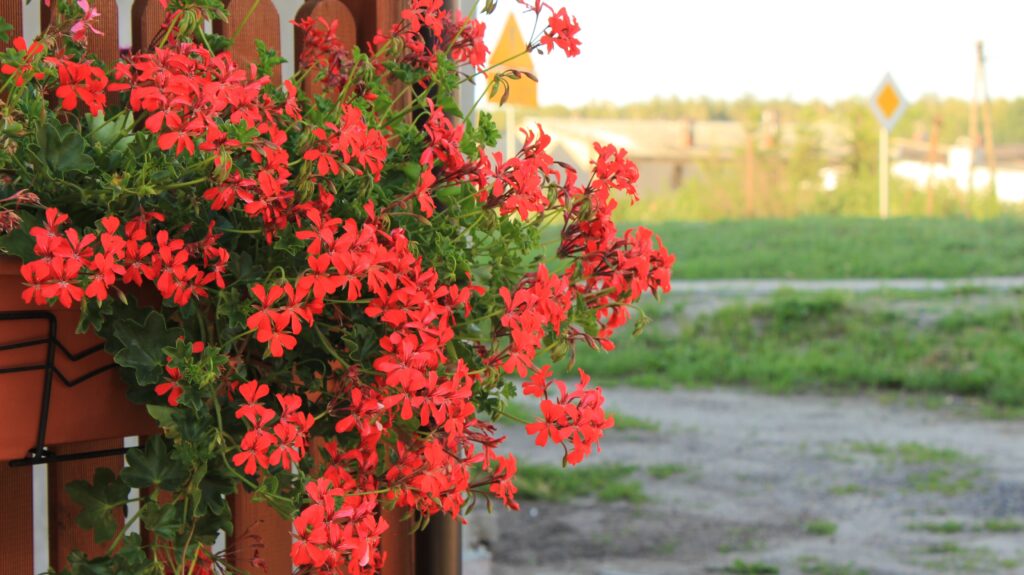
Ivy geraniums are beautiful plants with trailing stems and vibrant flowers that come in a variety of colors, including pink, red, and purple. They are perfect for vertical gardens, as they can be grown in hanging baskets or along walls, where their cascading growth adds a touch of elegance. Ivy geraniums prefer full sun and well-drained soil for optimal growth. Their colorful flowers make them a standout in any vertical garden setup.
These plants require regular watering, especially during the flowering season, but they should not be left in soggy soil. Ivy geraniums benefit from occasional pruning to remove dead flowers and maintain a tidy appearance. Their long-lasting blooms can brighten any space, and they will continue to thrive with proper care. These plants can bring vibrant color to your vertical garden, creating a beautiful, floral display.
Hoya (Hoya spp.)
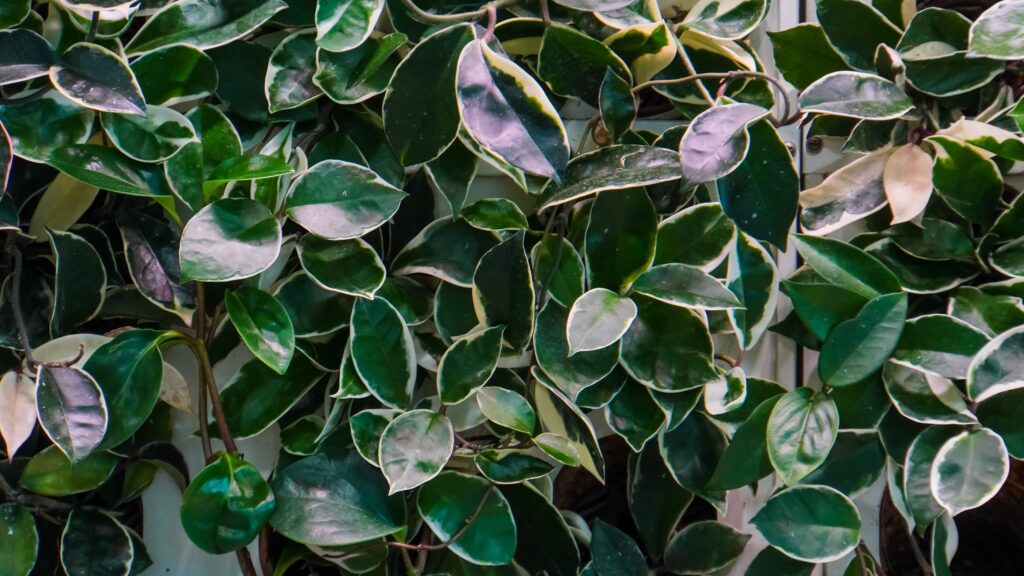
Hoya, also known as wax plant, is a popular choice for vertical gardens due to its thick, waxy leaves and fragrant flowers. It has trailing vines that can easily be trained up trellises or walls. Hoya thrives in bright, indirect light and well-draining soil. Known for its low-maintenance nature, it requires minimal care while adding beauty to indoor spaces.
Watering should be moderate, with the plant allowed to dry out between waterings. Hoyas prefer temperatures between 60 degrees F and 80 degrees F and do well in more humid conditions. Their fragrant, star-shaped flowers can bloom in clusters, adding a pleasant scent to your indoor space. Hoya is a perfect plant for those looking for a hardy, decorative climbing option for a vertical garden.
Neon Pothos (Epipremnum aureum)
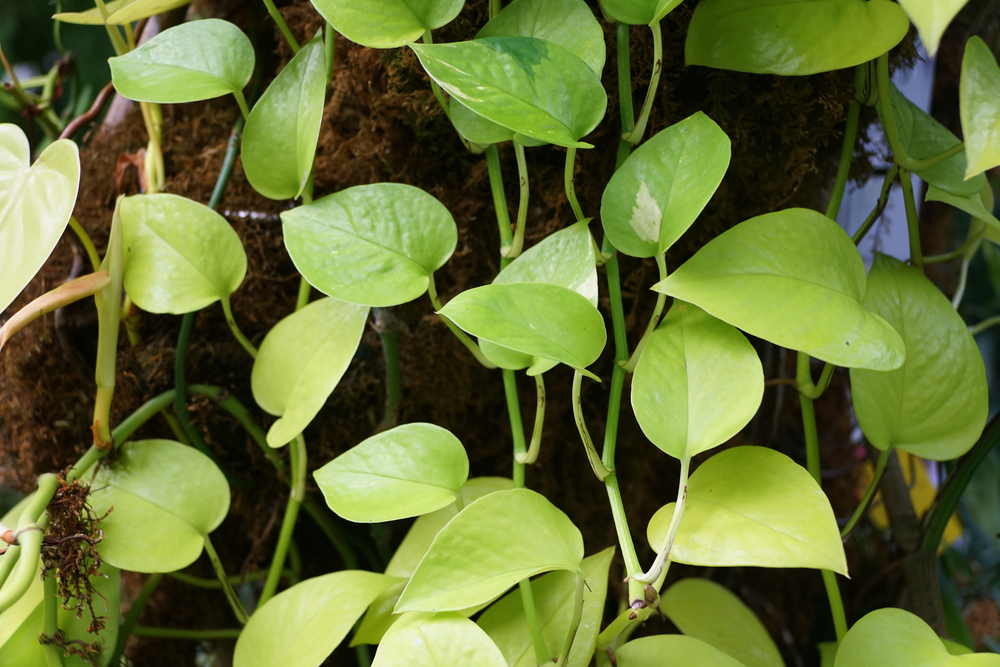
Neon Pothos is a unique variation of the classic Pothos, featuring vibrant, lime-green leaves. This plant is perfect for adding a pop of color to your vertical garden, with its fast-growing vines easily trained to climb or hang. Neon Pothos thrives in low to medium light and is highly adaptable to various indoor conditions. It is an excellent choice for beginners due to its low-maintenance care.
Watering should be moderate, with the plant allowed to dry out between waterings. It does well in well-draining soil and should be kept in temperatures between 60 degrees F and 80 degrees F. Neon Pothos can be pruned to control its growth and promote fuller vines. This plant’s bright color and ease of care make it an excellent option for creating a striking vertical garden.
Ficus Pumila (Creeping Fig)
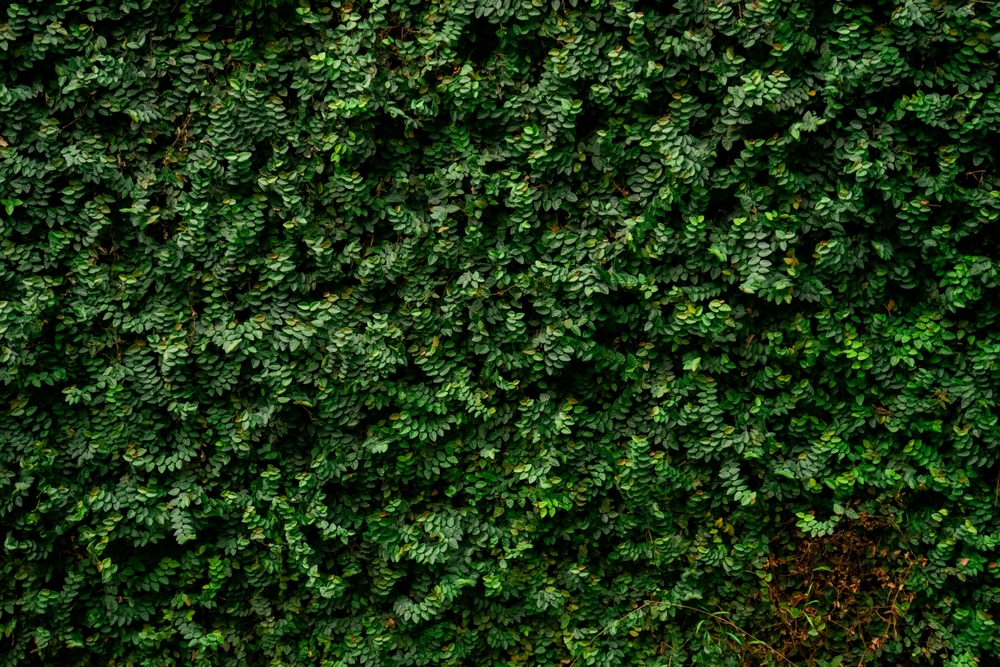
Ficus Pumila, or creeping fig, is a small, fast-growing vine that is ideal for vertical gardens. Its small, heart-shaped leaves cling tightly to surfaces, making it an excellent choice for covering walls or trellises. This plant thrives in moderate light and prefers moist, well-draining soil. It is known for its fast growth and ability to quickly fill vertical spaces.
Watering should be consistent, but the plant should not sit in waterlogged soil. Creeping figs benefit from occasional pruning to keep their growth in check. They do well in temperatures ranging from 60 degrees F to 75 degrees F and can tolerate a variety of indoor conditions. With its ability to quickly cover surfaces, the Ficus Pumila is perfect for creating a dense green wall.
Sweet Potato Vine (Ipomoea batatas)
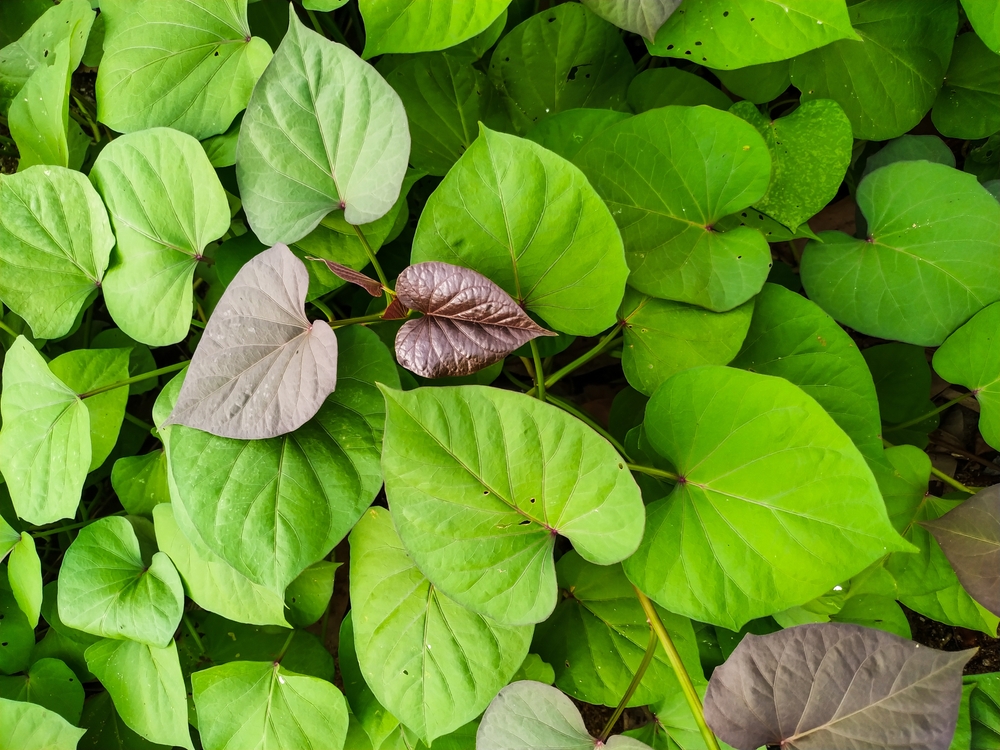
Sweet Potato Vine is a fast-growing plant that adds vibrant color and texture to any vertical garden. Known for its heart-shaped leaves, this plant comes in various colors, including green, purple, and bronze. It is perfect for trailing down or climbing vertical structures, offering a lush, cascading effect. Sweet Potato Vine thrives in full sunlight and well-draining soil.
Watering should be regular, with the plant allowed to dry out slightly between waterings. This vine prefers warmer temperatures and can tolerate high humidity. Sweet Potato Vine is a great option for adding both color and volume to your vertical garden. Its fast growth makes it perfect for filling up empty spaces in no time.
Vertical gardening indoors is a creative and practical solution for anyone looking to bring more green into their home. These plants will not only brighten up your home but also provide a refreshing, natural atmosphere.
This article originally appeared on Avocadu.
